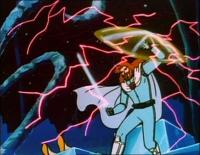Earl Palmer Rest In Peace
 Beatnicholas
1,005 Posts
Beatnicholas
1,005 Posts
The legend, the back beat behind so many of my favourite records, from soul to hip hop and beyond.b,121b,121rest in peace.

Comments